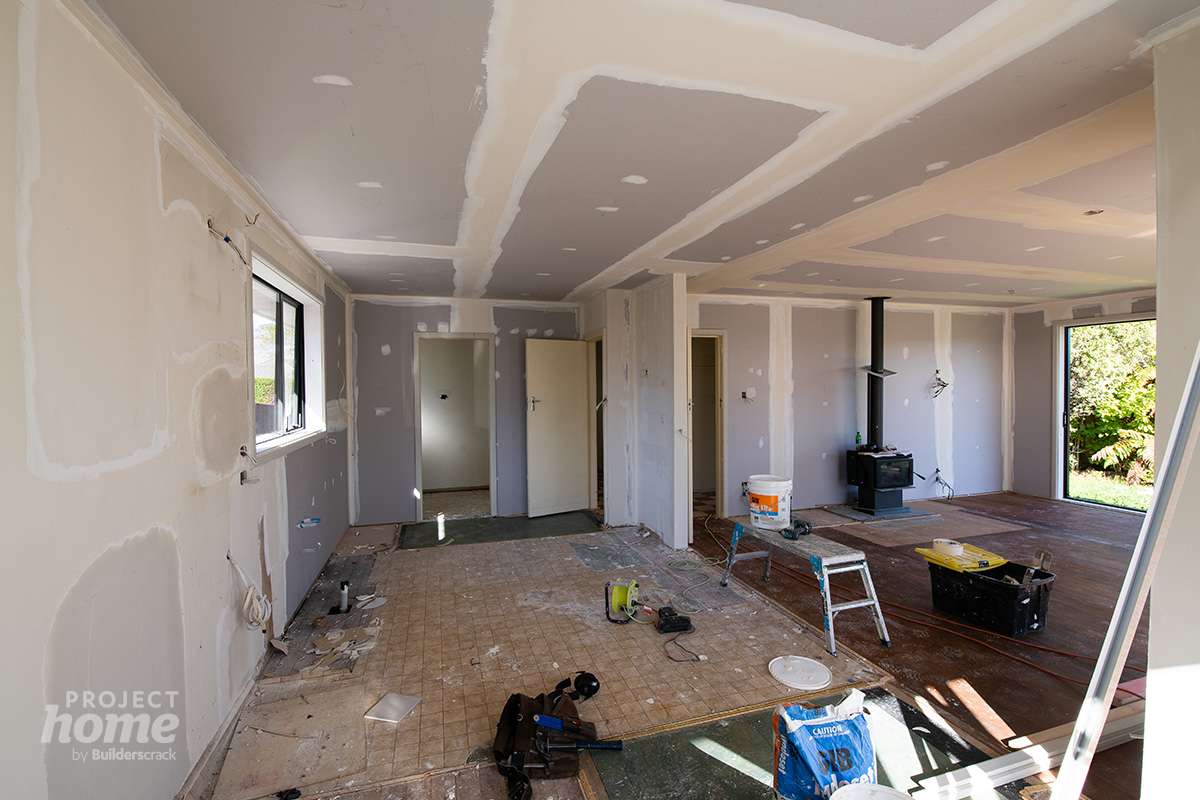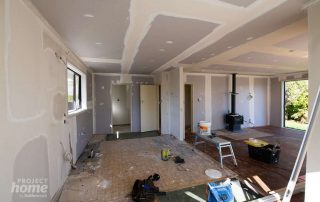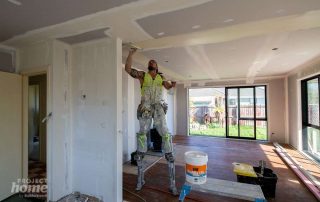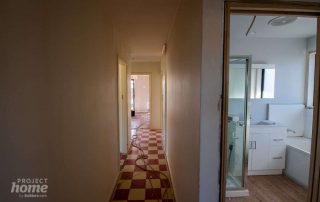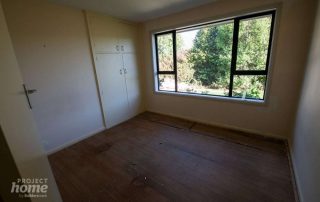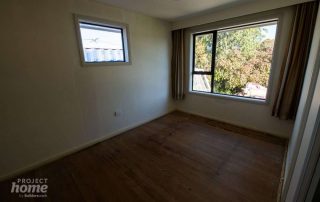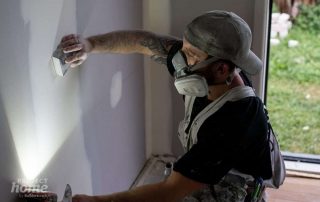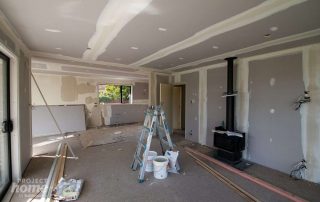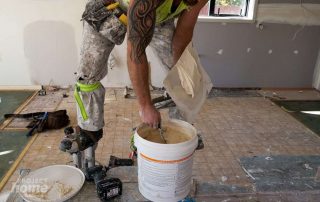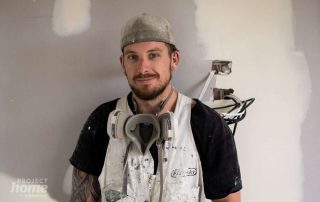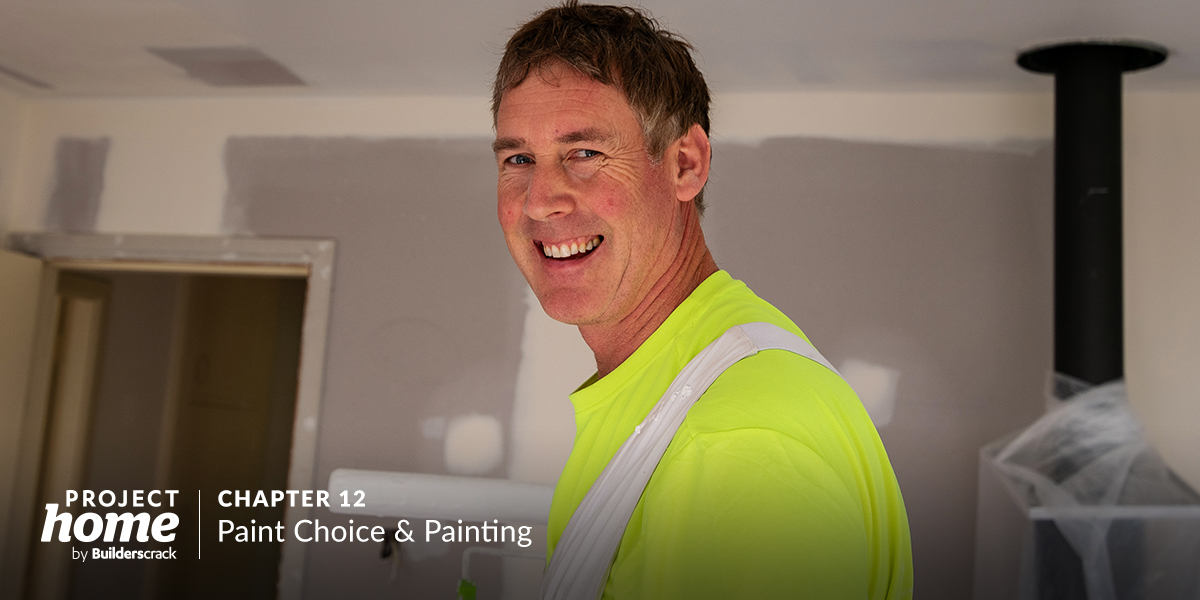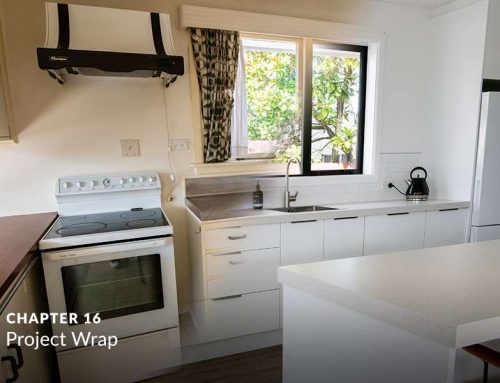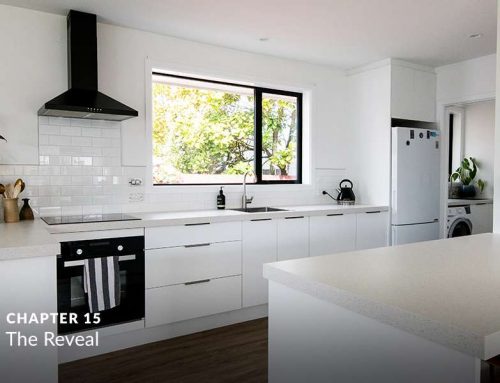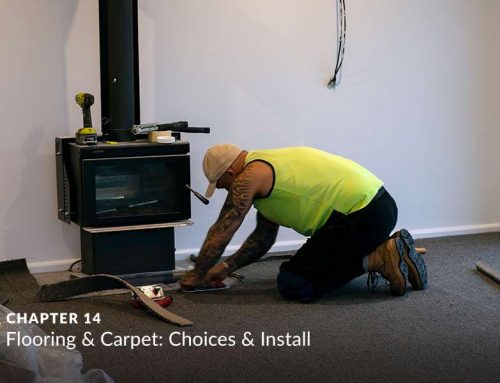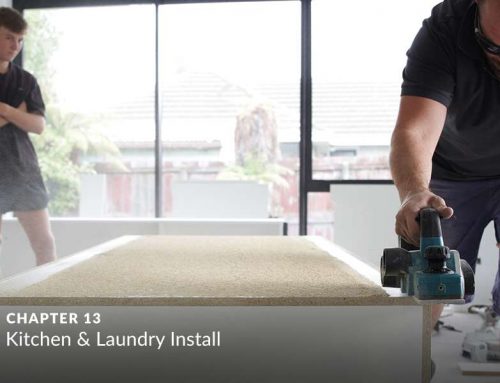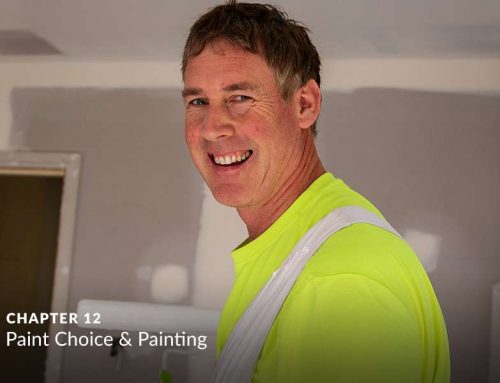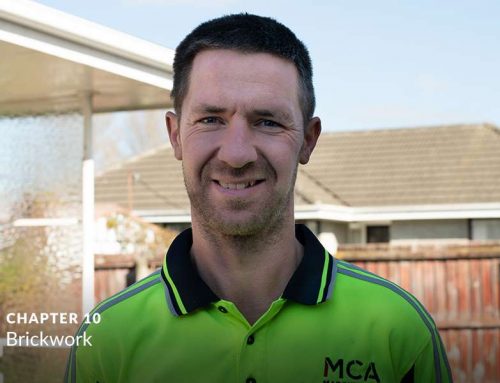In this series, we follow a Christchurch couple in their bid to turn their 1960’s fixer-upper, from a retro rental to a modern home.
If you’ve ever considered buying an older home but have lacked the confidence to tackle something totally outdated, this guide is for you. It’s a whole lot of fun, and not as hard (or anywhere near as risky) as you might imagine.
In the previous chapter, MCA Masonry filled in the old external doorways, laid new sills and relaid the bricks surrounding the new front door.
With the new joinery in and brickwork complete, it was time to now focus back in the interior. With the gib board installed our couple’s renovation is really on the home straight.
In this chapter, we check out the cosmetically critical stage of plastering the newly installed wallboard, as well as touching up the rest of the house.
Now that the renovation is getting into the final stages, could you give us a quick recap of where things are at?
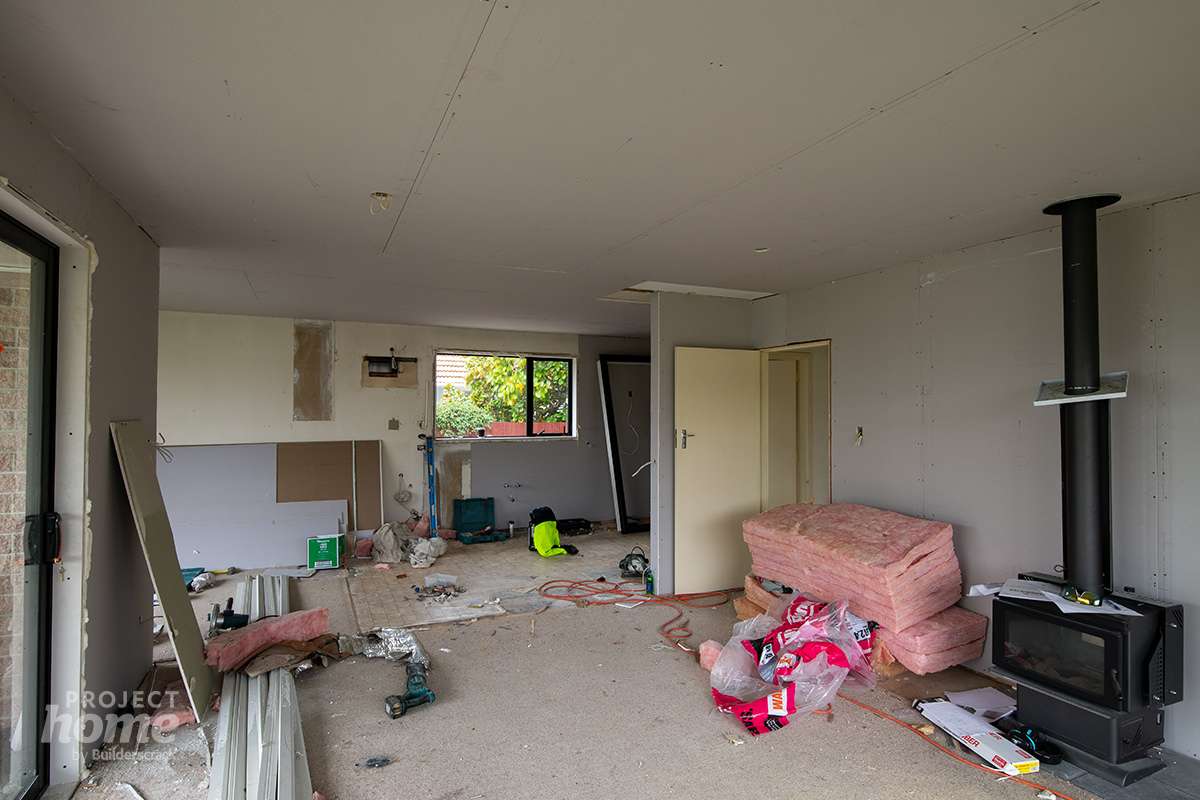
What was the extent of the plastering required?
With the new kitchen and living areas lined, the space is really taking shape. We talk about the extent of the plastering job required.
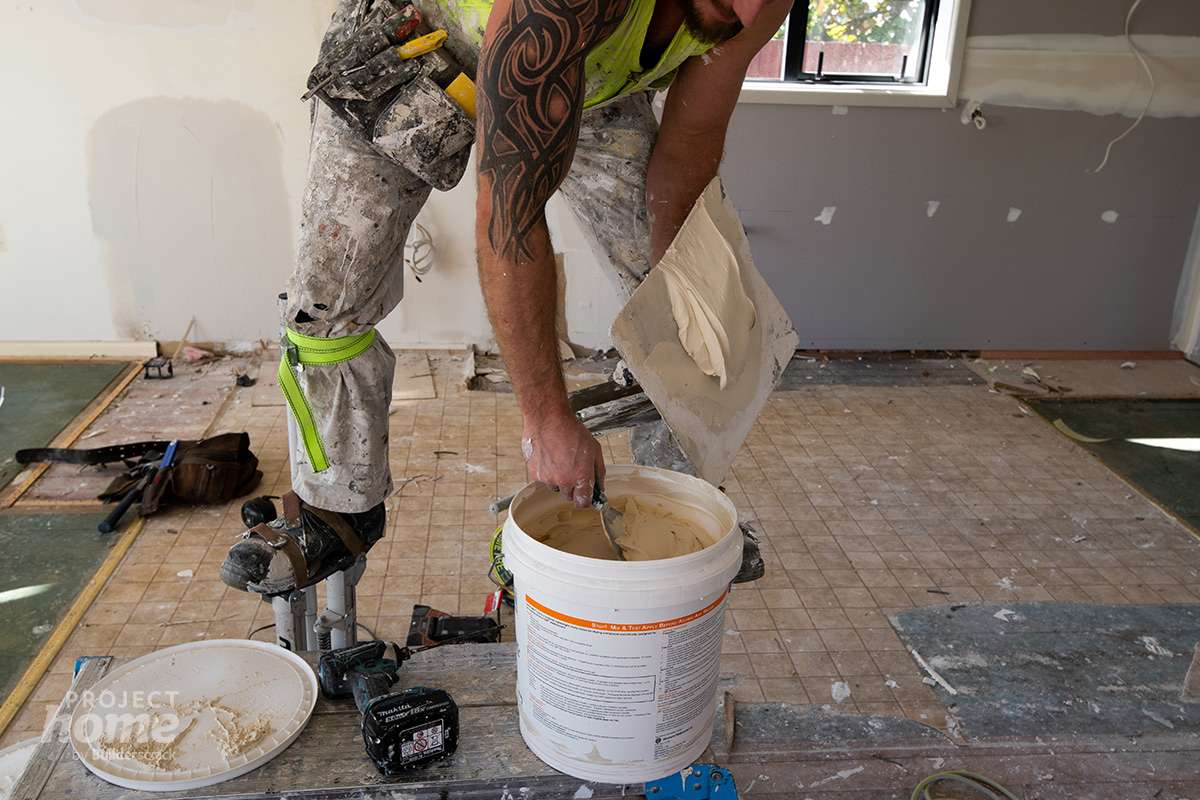
Who undertook the work? Why did you go with them?
Earlier in the renovation, Jeremy and Alana posted their job on Builderscrack, and made contact with plasterers keen to quote on their job.
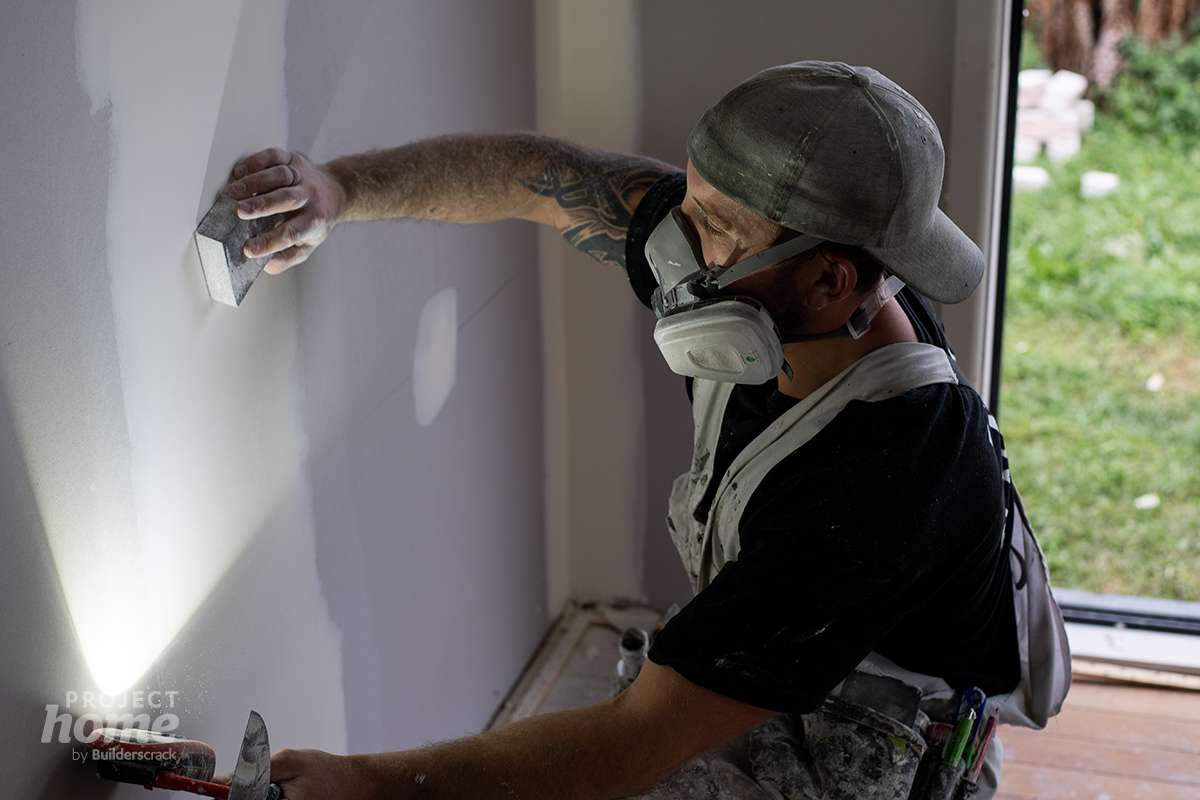
What options did you have, and what did you need to consider?
After meeting Zane on site, Jeremy and Alana went through the house, discussing the various options for undertaking aspects of the job.
| Finish level | Expected quality and areas of use |
|---|---|
| Level 0 | Unstopped sheets. |
| Level 1 | Suitable only in plenum areas above ceilings, in attic spaces, in areas where the paint will be concealed from view or in areas of a building not open to public view, such as plant rooms and service corridors. |
| Level 2 | Suitable for garages, warehouses, storage or other similar areas where surface appearance is not of primary concern. Minor ridges and tool marks are acceptable. |
| Level 3 | Suitable for appearance areas that are being finished with a heavy or medium textured finish before final painting, or where heavy grade wallcoverings are being applied. This level of finish is not generally acceptable for painted finishes or for light-to-medium weight wallcoverings. |
| Level 4 | Suitable for areas where light textures and wallcoverings are being used, where economy is of concern, or where a flat or low sheen paint finish is being used in areas of non-critical light conditions. The finished stopping must be smooth and free of all tool marks. |
| Level 5 | Suitable for use where gloss, semi-gloss, low sheen or non textured flat paints are being applied or where critical light conditions exist. To achieve a level 5 finish on plasterboard and fibre-cement, a thin skim coat is applied to the entire surface of the sheets. For fibrous plaster linings, the final compound application is trowel polished. |
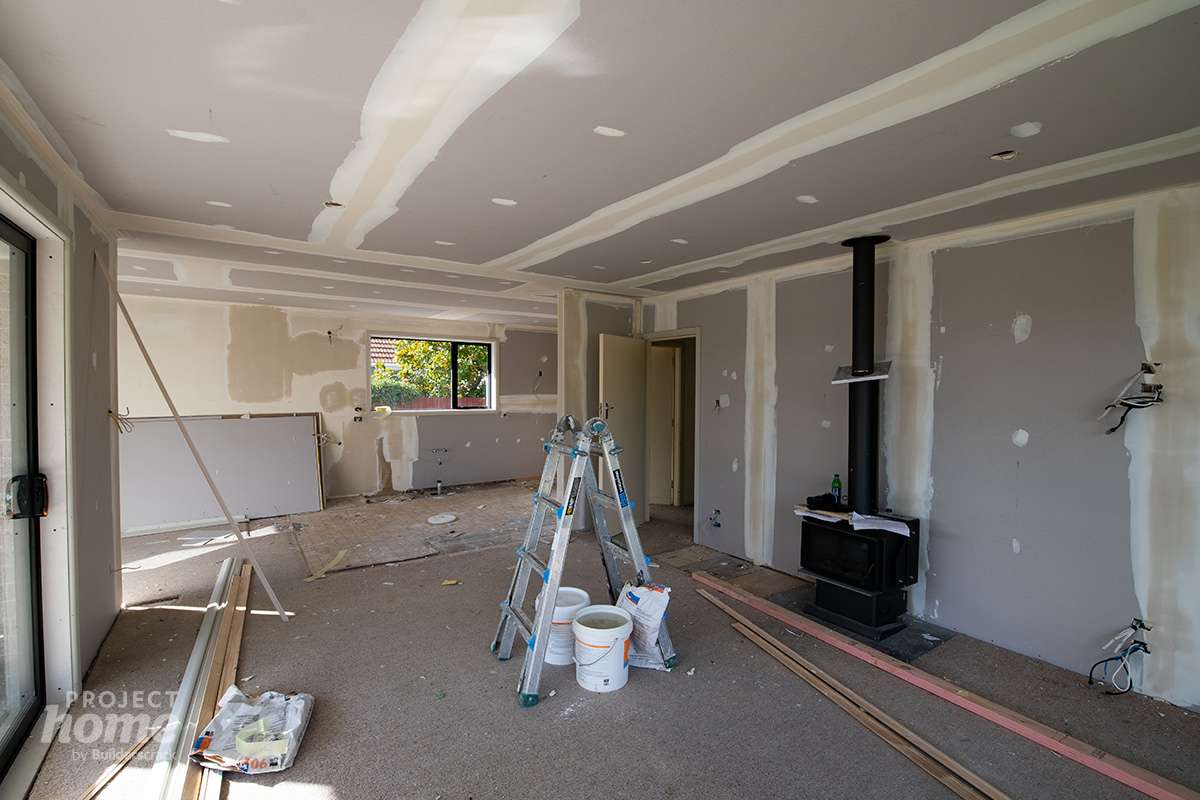
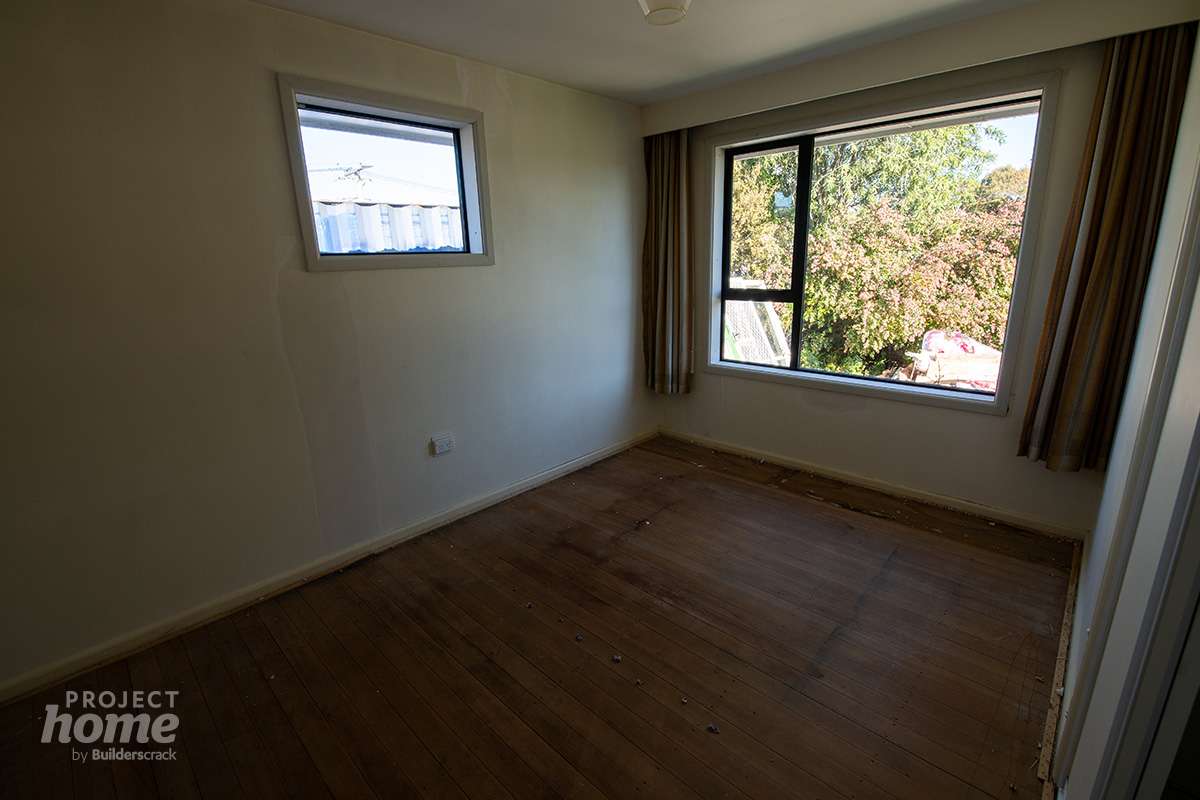
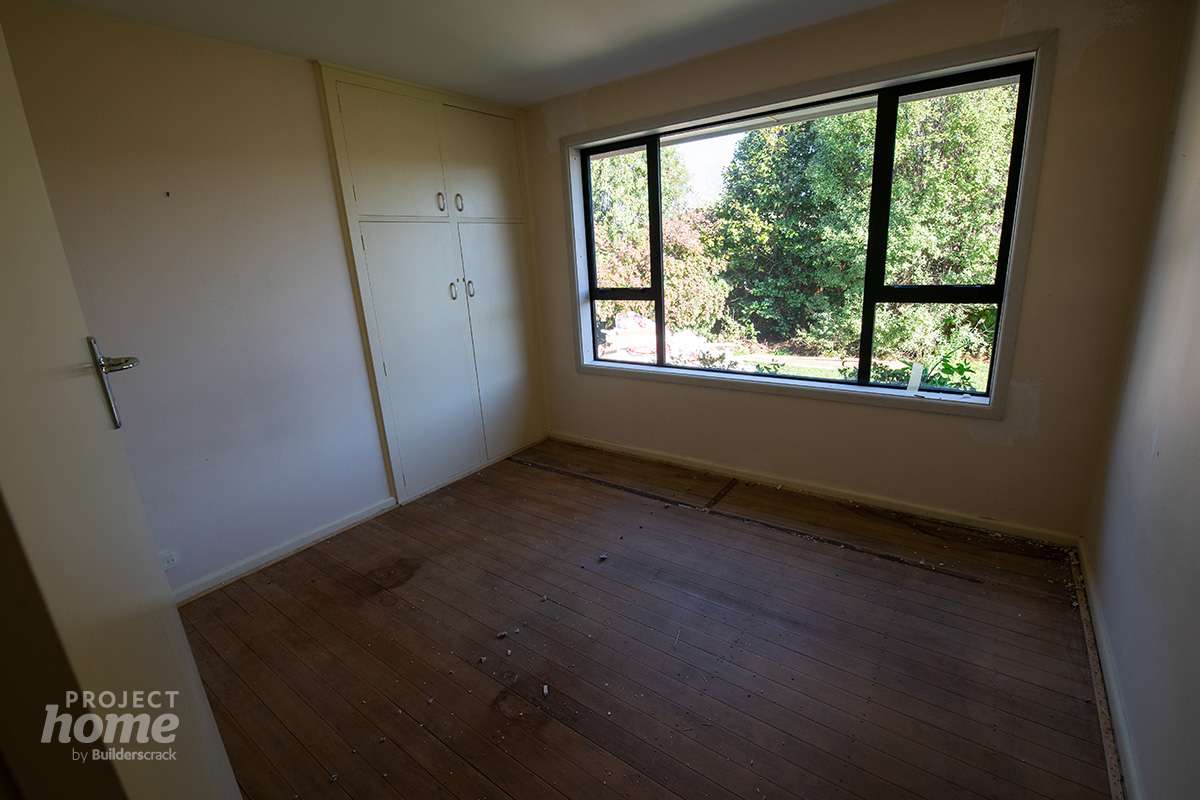
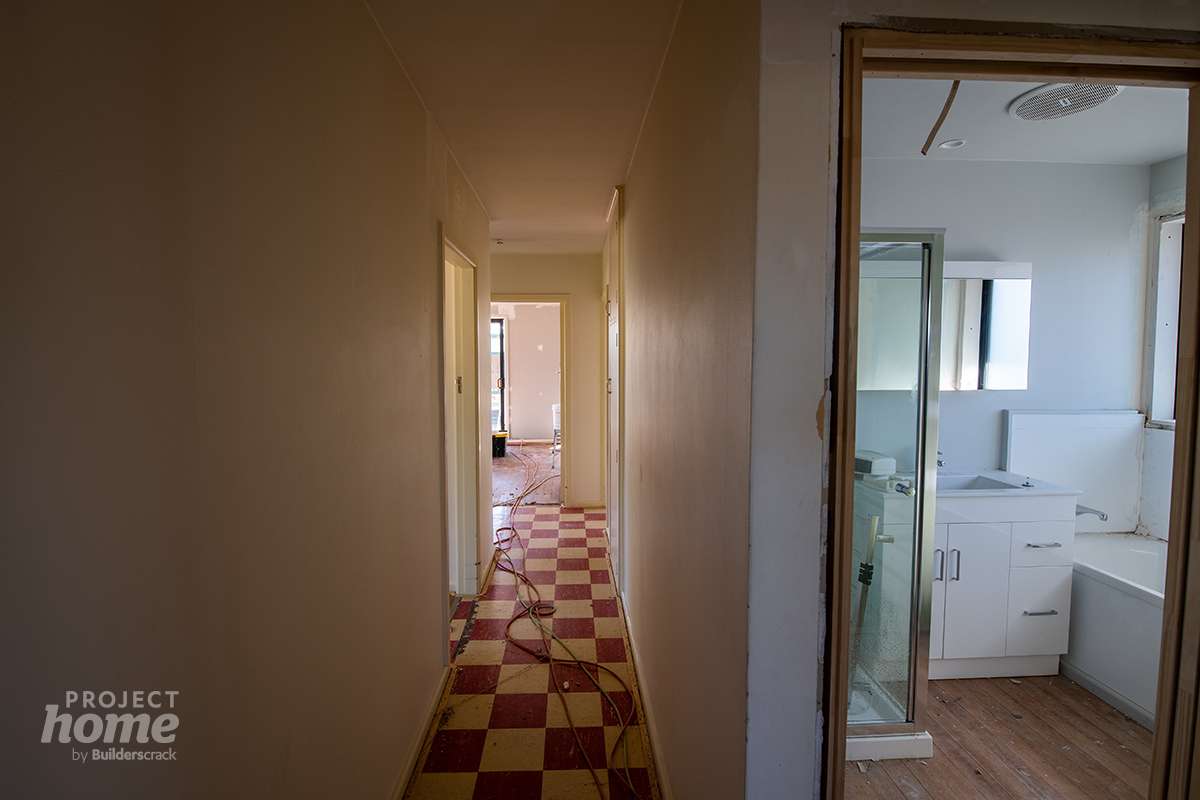
How was the job priced?
Now that Jeremy and Alana had a better understanding of the decisions needing to be made, Zane could proceed with quoting on the job.
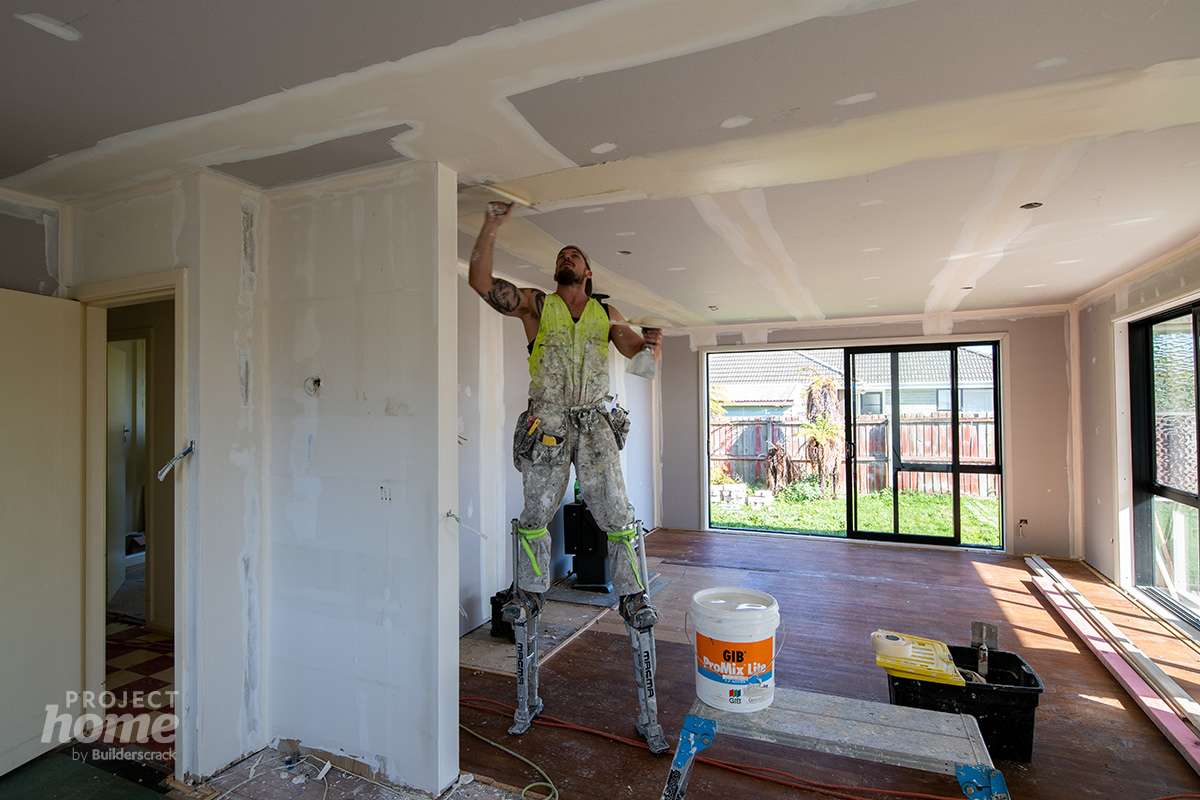
Were you happy with the result?
With the plastering completed over 3 days, we check in with Jeremy and Alana to hear about the result of the decisions they made and Zane’s approach to the job.
